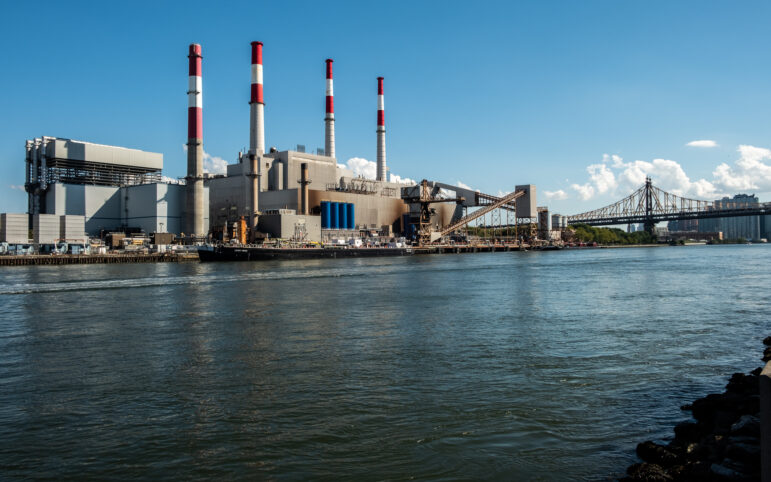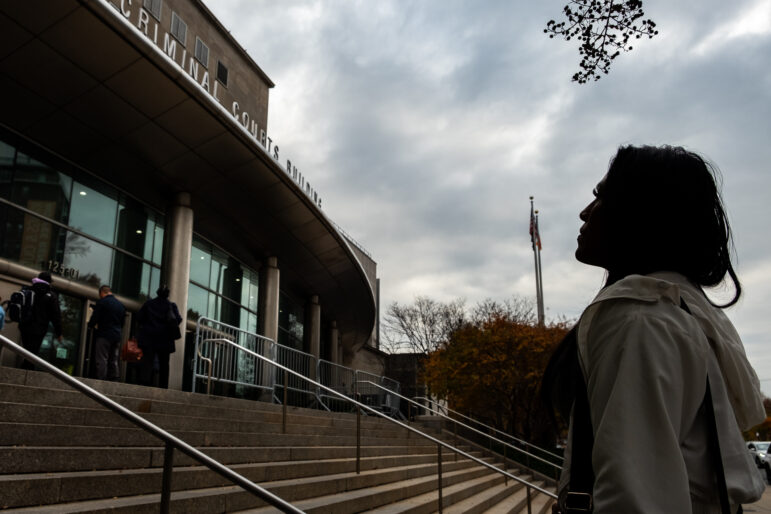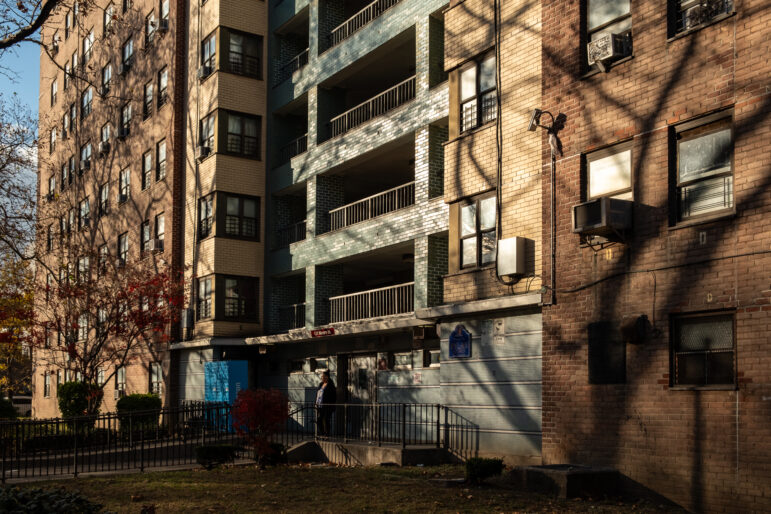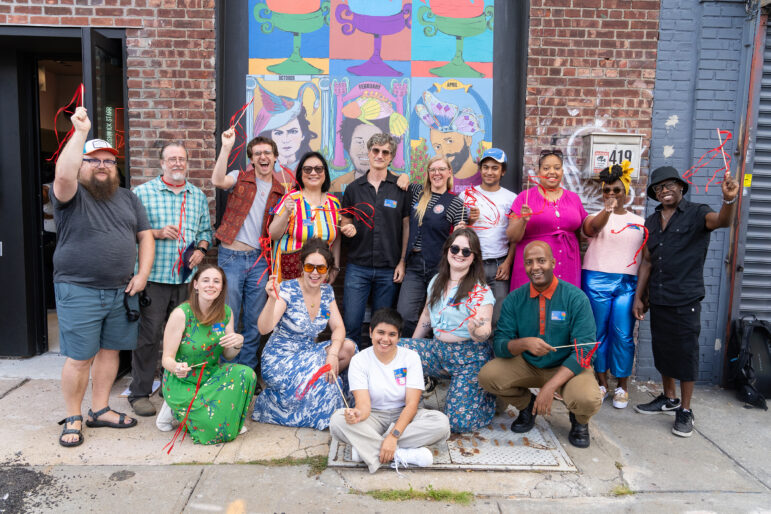“Transit resilience is more than just being prepared for future floods. It means we have redundancies in other forms, like ferries, when trains or bridges are not operational.”
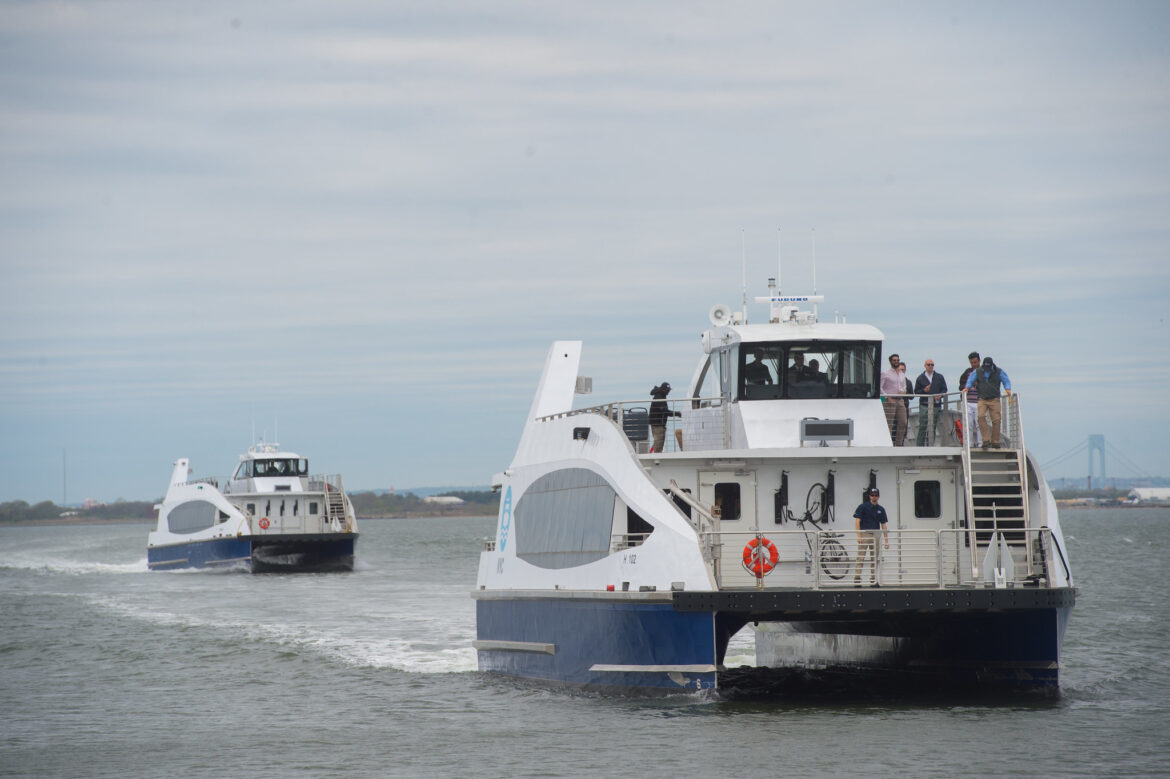
Michael Appleton/Mayoral Photography Office
A NYC Ferry boat traveling from Rockaway to Manhattan in 2017.The Metropolitan Transportation Authority (MTA) announced a four-month suspension of A trains from Howard Beach-JFK Airport to Rockaway Park-Beach 116 Street and Far Rockaway-Mott Ave, beginning Jan. 17.
If only there was another form of transportation ready to carry, or perhaps “ferry,” commuters to and from New York City’s most coastal community. There just may be. Ahead of the suspension of the A train, the MTA and New York City Economic Development Corporation (EDC) should start now to coordinate and run additional ferries during peak commuting hours.
Managed by the EDC, the NYC Ferry runs about 15 ferries from Rockaway to Sunset Park and Wall Street/Pier 11 on weekdays. These ferries set course roughly every hour from 5 a.m. to 8 p.m.
The MTA plans to run free shuttle buses while the subway tracks are being upgraded to withstand growing climate-induced extreme weather events. While these shuttle buses represent an important transportation alternative during the outage, Rockaway residents need more, which is why this is the time for New York City to fully rely on and take advantage of its multi-modal transportation system.
“Can the MTA please work with NYC Ferry to increase ferry service during [the] 17-week shutdown? At least two ferries per hour.” This was just one of the many comments and requests to run more ferries from residents who attended a Town Hall on the A train disruption at the Rockaway YMCA.
At a press briefing on Nov. 4, Mayor Adams did signal support for the NYC Ferry when asked about the MTA’s announcement, stating he “believe in ferries” and thinks “ferries are a good way to move around.” The mayor also, rightly, indicated that New York City does not use the waterways enough and that we must “see how we can expand that.” This is a hopeful signal that there is recognition, from train tracks to tides, that the city must begin operationalizing additional ferry capacity along the Rockaway ferry route.
And yet there have not been any formal announcements from the EDC or MTA to increase the number of ferries during the suspension. But now is a moment. By expanding ferry service during high traffic commuting hours, the mayor, the MTA Board, and EDC can serve residents of the Rockaways with an efficient transit solution.
It’s also worth noting that this isn’t your average MTA train suspension—at least not since Hurricane Sandy more than 12 years ago. Sandy was devastating for residents in southeast Queens. Not only were streets, homes, and businesses inundated, but so were 1,500 feet of subway tracks. Residents of the Rockaways remember, all too well, that it took nearly seven months to resume A train service after the hurricane made landfall in October 2012.
Since Sandy, the MTA has taken considerable steps to strengthen the resilience of the subway system. The agency has installed flood barriers and gates, upgraded and installed pumping station, and elevated electrical equipment and control panels above the floodplain. Earlier this year, the MTA released its Climate Resilience Roadmap, which outlines a plan for $6 billion in climate resilience capital improvements over the next decade. It’s one of, if not the, strongest climate resilient plan in New York.
Transit resilience is more than just being prepared for future floods. It means we have redundancies in other forms, like ferries, when trains or bridges are not operational. By forging a partnership between the MTA and EDC to run more ferries to and from Rockaway, the City can display the truly resilient spirit of New York. Let’s set an example for how our transit systems support each other. When one goes down, another sets sail.
Selvena N. Brooks-Powers is the majority whip of the New York City Council and chair of the Council’s Committee on Transportation and Infrastructure. She represents District 31, which contains parts of Southeast Queens and the Rockaways. Tyler Taba is the director of resilience at the Waterfront Alliance.



